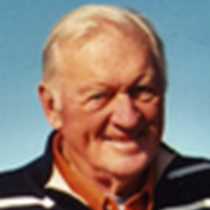Columbia River Gorge
Each day is an adventure during fall weather in the Columbia Gorge. The river’s white caps, changing weather patterns – especially when approaching the Cascade Mountains, the deliberate exit of birds seeking warmth, as the National Geographic Sea Bird moves from river mouth to canyon to small agricultural communities along the shore. Today’s progress saw the boat and its guests begin the day near Lewis & Clark’s Fort Rock in The Dalles, and approach twilight opposite Multnomah Falls.
Lewis and Clark recorded in 1805-1806 what several French trappers and voyageurs had previously seen: The Dalles, a “great mart of this country,” operated for perhaps 13,000 years and had been a seasonal meeting place for plains and coastal Indian nations. European metal trinkets and Pacific Ocean shells were found among bison robes and camas roots. The central ingredient in this scene was the salmon fish – a staple of nutrition, spiritual renewal, and hope. These themes were highlighted at the Columbia Gorge Discovery Center at The Dalles in the early morning. Later, we explored the “Sam Hill” historic highway near the Mosier Tunnels. Long and short walkers and bike riders started uphill while gazing across the river at one of the Columbia River’s spectacular basalt anticline monuments.
Hood River, Oregon, an early Indian camp known first as Dog River, was founded by the Nathaniel Coe family in 1854. Coe also introduced New York apple seeds to begin what became one of the nation’s premier fruit-growing regions. The National Geographic Sea Bird also passed the Washington State riverside towns of Bingen and White Salmon. This former Klickitat Indian region continues to hold a reputation as one of the country’s destination wind and kite-surfing centers.
After a brief introduction to attractions in the hillside village of Hood River, lunch was taken aboard ship. The afternoon saw guests depart on what the Expedition Leader called a “special afternoon of exploration!” The Naturalist and the Historian, in separate motor coaches, narrated a quick ride to Multnomah Falls, Bonneville Dam and the river’s first bypass of foaming rapids (in the 1890s), Cascade Locks.
After Recap, the boat moved west in the Columbia River channel toward tomorrow’s rendezvous at the mouth of the Columbia River.




